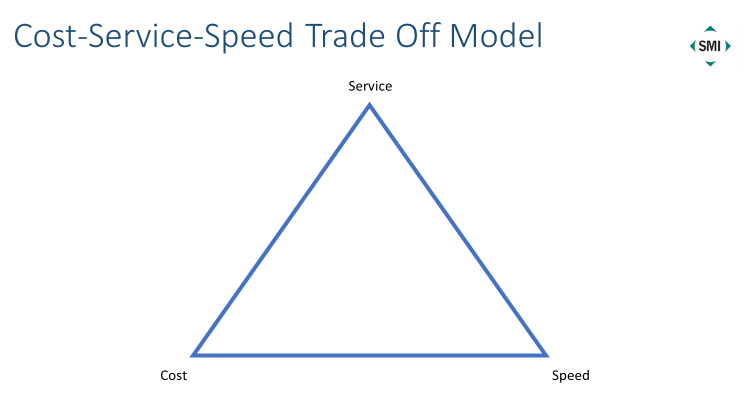|
|
Medical Supplies Shortages on the Rise?After my last blog on business and supply continuity in times of crisis, I received a number of comments to the effect that supply continuity isn’t just an issue during disasters. Health systems are dealing with supply issues right now for many basic, yet essential medical commodities such as drapes, gloves, syringes, tapes, and sutures. Backorder management is becoming more than just a hassle for overwhelmed procurement teams uncertain on how to ensure availability of supply. Unfortunately, the extent of the problem isn’t really clear since most publicly available data on shortages is related to shortages in the drug supply chain. However, if the anecdotes I am hearing from SMI health system members are legitimate, then medical supply shortages are on the rise. Tracing the causes Getting to the root cause of any supply shortage is always a complex task unless there is some clear signal event (think the Fukushima nuclear disaster). Tensions between customer and supplier can get fairly strong when reasons for supply shortages are uncertain. If I am a provider, I want my product when I ask for it, and if my supplier isn’t giving me information on the reasons for backorders, then I am going to chalk it up to poor operational management; i.e. overcommitting and underdelivering. I’m skeptical that the medical supply issues facing the industry can be solved by purchasing managers taking a more aggressive approach with their suppliers. More than likely there are real upstream constraints impeding the supply chain for these commodity medical supplies. And I doubt that the industry is in the midst of some random upswell in demand for high runners like gloves and syringes. Demand for such items should be fairly predictable. If true, then supply scarcity in upstream raw material inputs may be an issue. And there is some evidence of this. For the past 18-24 months, the supply of silicone and natural rubber, two primary inputs into certain medical commodities, has tightened with accompanying price increases for these inputs. Most analysts are predicting an ongoing shortage of silicone for the foreseeable future due to lack of capacity and the extensive lead times required to add more capacity. Visibility into upstream supply issues including raw material or component availability, lead time delays, labor constraints, and issues with ports or shipping lanes, could establish a much better base line for customer and suppliers to discuss alternatives and to work out concessions. Simply yelling at your trading partner isn’t going to do much to solve issues like these. Risks, Rewards, and Trade Offs This brings up a larger issue the industry has been dealing with for some time—the ever-present requirement of lowest unit price. To quote one SMI leader, “the industry has gotten so focused on cost that service and reliability are starting to erode.” Many of you may be familiar with the concept of the trade off triangle. I’ve copied one very common one below:
The purpose of this model is super intuitive: the more you drive towards one of these outputs, the less likely you will be able to achieve the other outputs. For instance, if my approach is to always drive to the lowest possible price, then I may need to trade off speed or service. Said another way, if a supplier can guarantee me the lowest possible cost, I may need to accept the occasional backorder or out of stock. If I want something super-fast, then that is going to cost me more, and the same goes for predictable and consistent deliveries. That assurance of supply is worth something. As an industry, we have not done a very good job explaining supply chain value, i.e. short lead times, innovative inventory strategies, alternative sources of supply. Product price concessions still account for the lion’s share of expected value in healthcare. However, there are other ways to approach supply management problems than just driving down costs. It goes back to trade off decisions: where am I willing to accept risk, where can I accept no risk, and what strategies do I have in place that may lead to higher unit costs, but lower “system” costs? Calculating the potential money saved by not spending time managing backorders may be a good starting place – and may be something our new initiative team, Business and Supply Continuity in Times of Crisis, tackles first. As always, we welcome your comments and suggestions. |
|
© Strategic Marketplace Initiative | PO Box 1318 | Westborough, MA 01581 | United States | 508 - 732 - 0059 | [email protected] |

